From the article ST7735S 0.96 ″ 80 × 160 TFT LCD, the features and functions of the pins are discussed with an example of how to connect to the TTGO T8 ESP32. In this article, an example of how to implement a display module with the ESP8266, which has lower memory than ESP32, thus we had to solve the problem by compiling the library to bytes with mpy extension code.
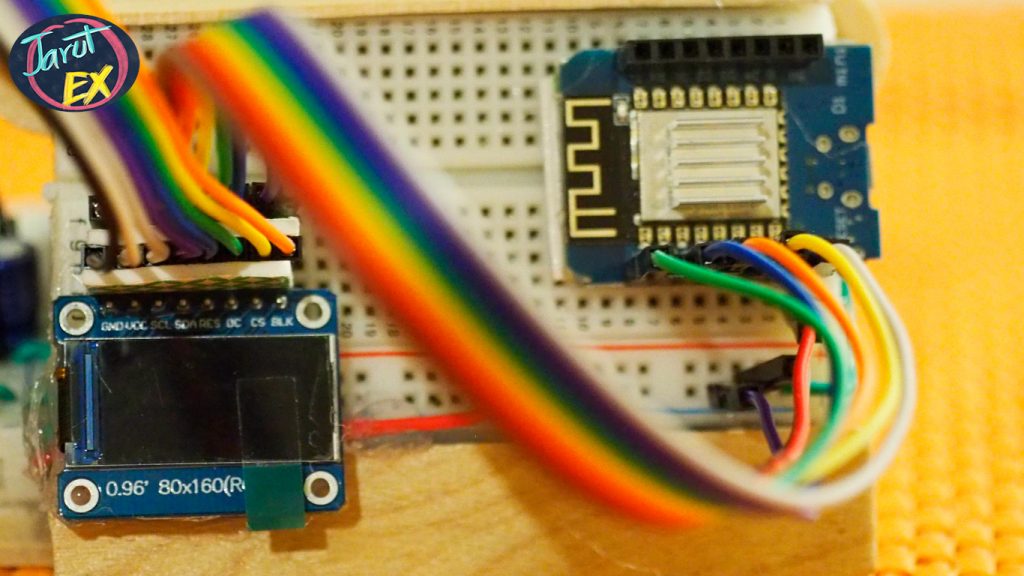
Connecting to ESP8266
Connecting a display module to the ESP8266 is shown in the following table.
| TFT LCD Module | ESP8266 |
|---|---|
| GND | GND |
| VCC | 3V3 |
| SCL | D5 |
| SDA | D7 |
| RST | RST |
| DC | D0 |
| CS | GND หรือ D8 |
| BLK | 3V3 |
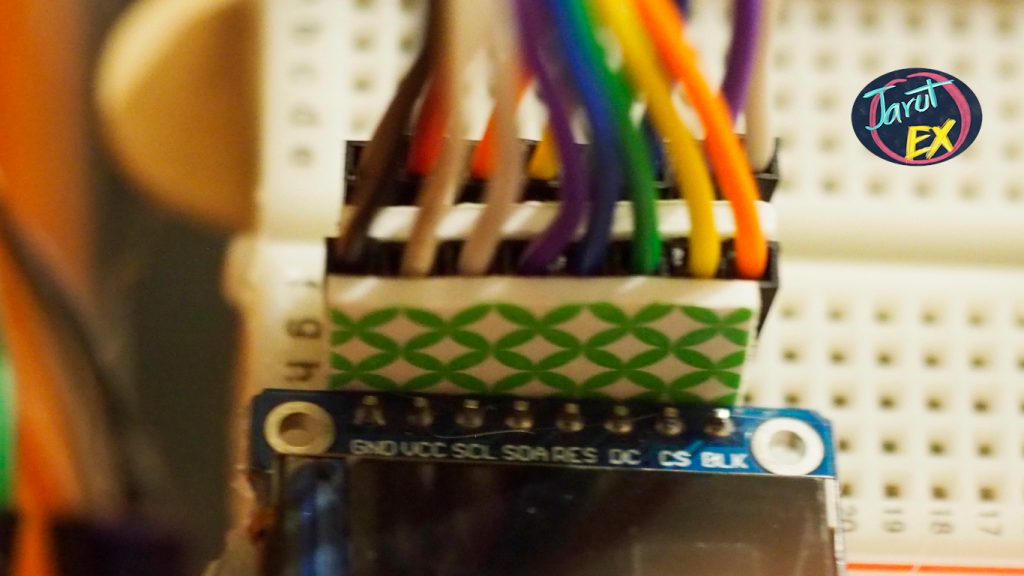
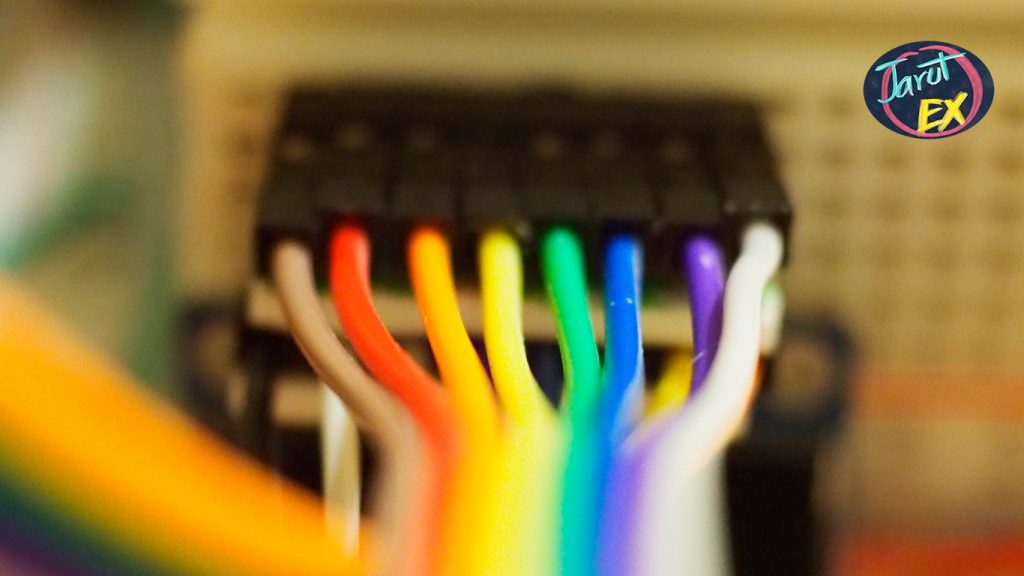
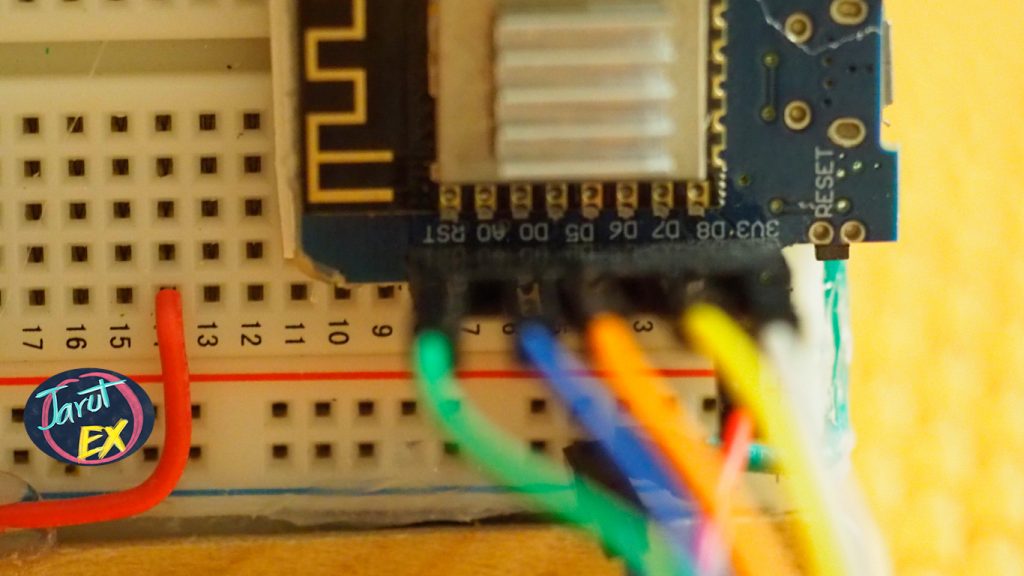
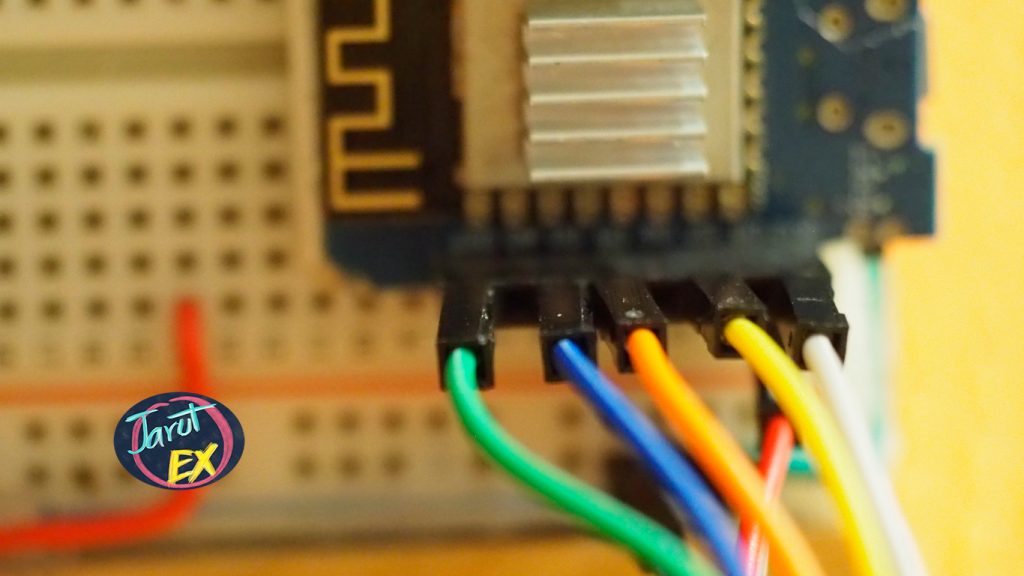
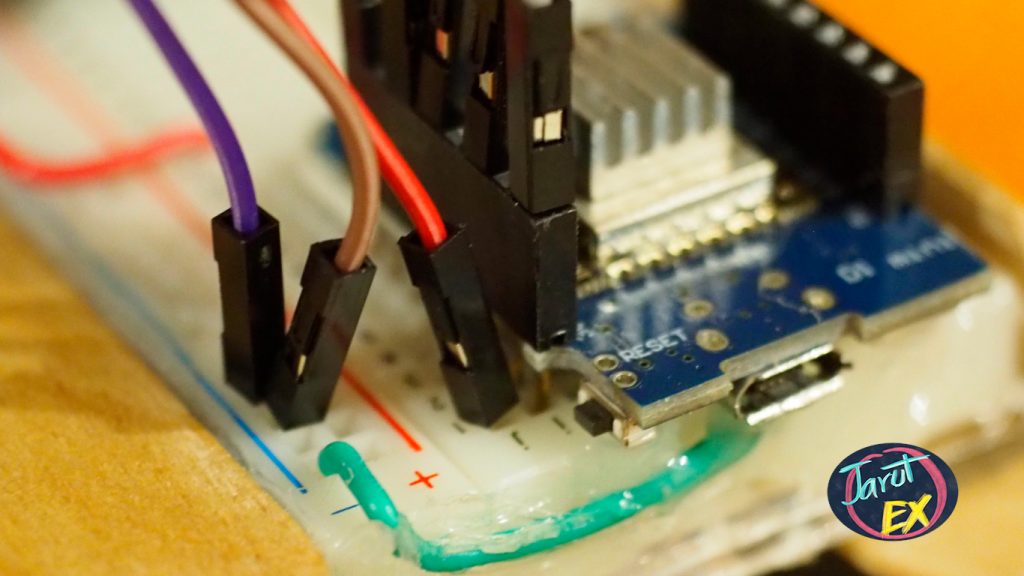
Example code
The use of the st7735 library, as mentioned in the previous article, when used with the ESP8266 will experience a memory issue while executing, so st7735.py must be compiled with mpy-cross to generate bytes code of the source file as following commands.
mpy-cross st7735.py
And with a small amount of memory, sysfont.py cannot be used simultaneously even after compiling it into byte code. So we adjust the example test80x160.py By adjusting the clock frequency to 160MHz, the SPI bus communication clock frequency to 20MHz, and remove the character display preview.
#code10-1
from st7735 import TFT
from machine import SPI,Pin
import machine as mc
import time
import math
mc.freq(160000000)
spi = SPI(1, baudrate=20000000,polarity=0, phase=0)
# dc, rst, cs
tft=TFT(spi,16)
tft.init_7735(tft.GREENTAB80x160)
def testlines(color):
tft.fill(TFT.BLACK)
for x in range(0, tft.size()[0], 6):
tft.line((0,0),(x, tft.size()[1] - 1), color)
for y in range(0, tft.size()[1], 6):
tft.line((0,0),(tft.size()[0] - 1, y), color)
tft.fill(TFT.BLACK)
for x in range(0, tft.size()[0], 6):
tft.line((tft.size()[0] - 1, 0), (x, tft.size()[1] - 1), color)
for y in range(0, tft.size()[1], 6):
tft.line((tft.size()[0] - 1, 0), (0, y), color)
tft.fill(TFT.BLACK)
for x in range(0, tft.size()[0], 6):
tft.line((0, tft.size()[1] - 1), (x, 0), color)
for y in range(0, tft.size()[1], 6):
tft.line((0, tft.size()[1] - 1), (tft.size()[0] - 1,y), color)
tft.fill(TFT.BLACK)
for x in range(0, tft.size()[0], 6):
tft.line((tft.size()[0] - 1, tft.size()[1] - 1), (x, 0), color)
for y in range(0, tft.size()[1], 6):
tft.line((tft.size()[0] - 1, tft.size()[1] - 1), (0, y), color)
def testfastlines(color1, color2):
tft.fill(TFT.BLACK)
for y in range(0, tft.size()[1], 5):
tft.hline((0,y), tft.size()[0], color1)
for x in range(0, tft.size()[0], 5):
tft.vline((x,0), tft.size()[1], color2)
def testdrawrects(color):
tft.fill(TFT.BLACK);
for x in range(0,tft.size()[0],6):
tft.rect((tft.size()[0]//2 - x//2, tft.size()[1]//2 - x/2), (x, x), color)
def testfillrects(color1, color2):
tft.fill(TFT.BLACK);
for x in range(tft.size()[0],0,-6):
tft.fillrect((tft.size()[0]//2 - x//2, tft.size()[1]//2 - x/2), (x, x), color1)
tft.rect((tft.size()[0]//2 - x//2, tft.size()[1]//2 - x/2), (x, x), color2)
def testfillcircles(radius, color):
for x in range(radius, tft.size()[0], radius * 2):
for y in range(radius, tft.size()[1], radius * 2):
tft.fillcircle((x, y), radius, color)
def testdrawcircles(radius, color):
for x in range(0, tft.size()[0] + radius, radius * 2):
for y in range(0, tft.size()[1] + radius, radius * 2):
tft.circle((x, y), radius, color)
def testtriangles():
tft.fill(TFT.BLACK);
color = 0xF800
w = tft.size()[0] // 2
x = tft.size()[1] - 1
y = 0
z = tft.size()[0]
for t in range(0, 15):
tft.line((w, y), (y, x), color)
tft.line((y, x), (z, x), color)
tft.line((z, x), (w, y), color)
x -= 4
y += 4
z -= 4
color += 100
def testroundrects():
tft.fill(TFT.BLACK);
color = 100
for t in range(5):
x = 0
y = 0
w = tft.size()[0] - 2
h = tft.size()[1] - 2
for i in range(17):
tft.rect((x, y), (w, h), color)
x += 2
y += 3
w -= 4
h -= 6
color += 1100
color += 100
tft.fill(TFT.BLACK)
testlines(TFT.YELLOW)
time.sleep_ms(500)
testfastlines(TFT.RED, TFT.BLUE)
time.sleep_ms(500)
testdrawrects(TFT.GREEN)
time.sleep_ms(500)
testfillrects(TFT.YELLOW, TFT.PURPLE)
time.sleep_ms(500)
tft.fill(TFT.BLACK)
testfillcircles(10, TFT.BLUE)
testdrawcircles(10, TFT.WHITE)
time.sleep_ms(500)
testroundrects()
time.sleep_ms(500)
testtriangles()
time.sleep_ms(2000)
tft.on(False)
Conclusion
From this article, we have connected a display module to the ESP8266 along with generating the library’s byte codes and successfully wrote an example program for display but cannot display characters because of the shortage of memory which may be able to perform in an older version of MicroPython but our team has not tested it.
Finally, have fun with programming. And we hope that this article will create more or less helpful for the readers.
(C) 2020, Danai Jedsadathitikul and Jarut Busarathid
Updated 2021-05-07